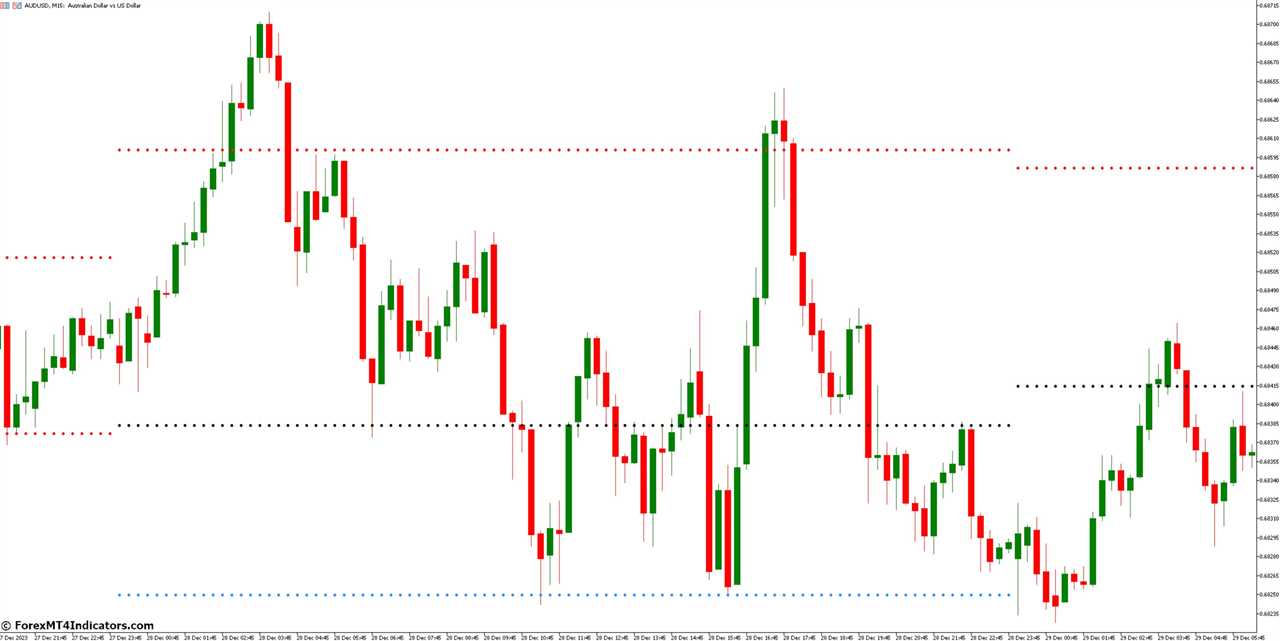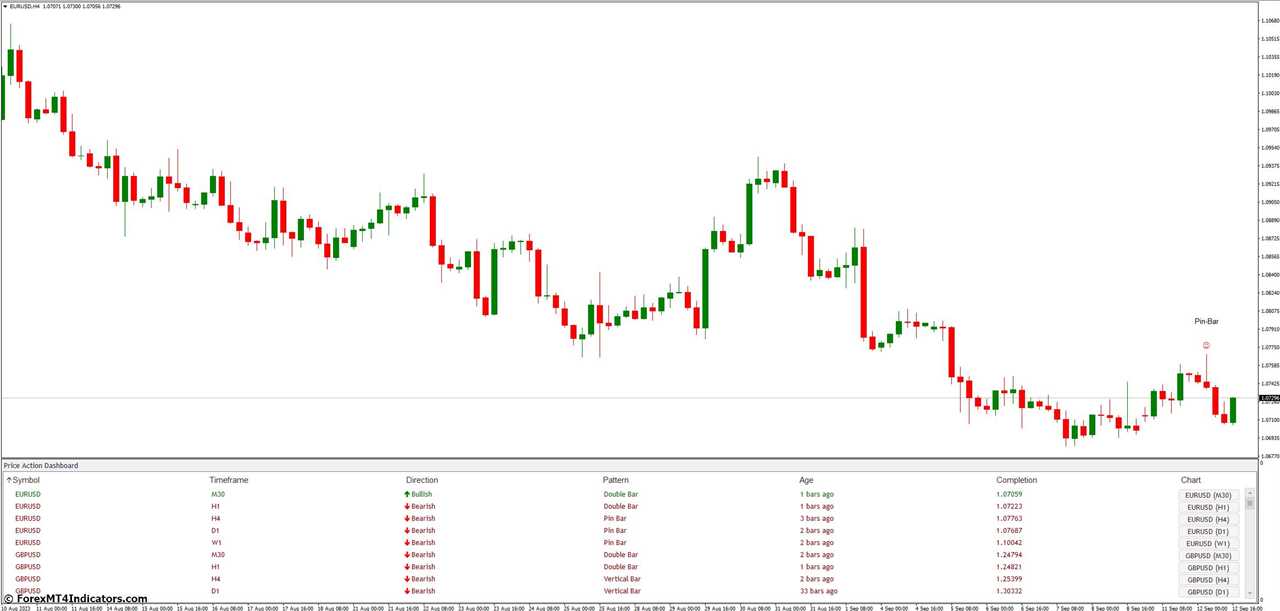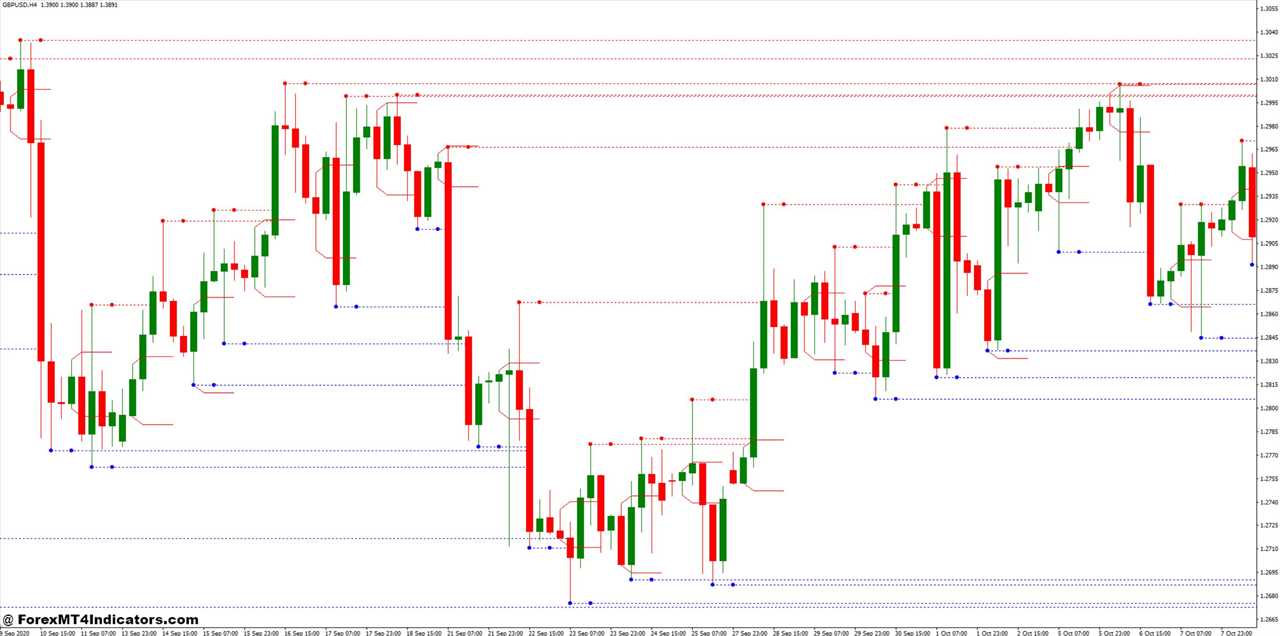||
Many traders struggle to read forex markets. Price action analysis helps solve this problem. It teaches how to spot trends and patterns on charts. This guide will show you how to master price action analysis in Forex.
Key Takeaways
- Price action analysis focuses on raw price movements without extra indicators.
- Key parts of price action include support/resistance levels, candlestick patterns, and market trends.
- The top strategies are breakout, retracement, and reversal trading.
- Price action simplifies trading decisions and improves market understanding.
- Mastering price action patterns can give traders an edge in forex markets.
Master Price Action Analysis in Forex
Price action analysis helps traders read the market without fancy tools. It focuses on raw price movements to spot trends and make smart trades.
Definition of Price Action Analysis
Price action analysis focuses on raw market data. Traders study price movements on charts without extra indicators. This method relies on the idea that all market-moving events show up in price chart changes.
Forex traders use this approach to spot trends and make decisions.
The core of price action trading is simple chart reading. It looks at support and resistance levels, candlestick patterns, and market trends. These elements help traders understand market behavior and predict future moves.
Many see this as a pure form of technical indicator analysis in the forex trading system.
Importance of Price Action in Forex Trading
Moving from defining price action, we now explore its key role in the forex trading platform. Price action forms the core of forex analysis. It shows how currency pairs move over time. Traders use this info to spot trends and make choices.
Unlike other methods, price action relies on raw price data. This approach strips away complex tools and focuses on market moves.
Price action helps traders read the market sentiment. It reveals what buyers and sellers are doing right now. This real-time view is crucial in the fast-paced forex world. Day traders often use price action signals for quick profits.
A solid grasp of price patterns can lead to better entry and exit points. It also aids in setting stop losses and take-profit levels. Advanced price action can give traders an edge in forex markets.
How Price Action Differs from Indicator-Based Trading
Price action trading focuses on raw price movements. It differs from indicator-based methods in key ways. Simple Price Action traders look at candlestick patterns and support/resistance levels.
They don’t rely on lagging indicators like moving averages.
Price action analysis uses pure price data of the market. Traders study the market’s behavior directly on charts. This approach allows for faster decisions. Indicator-based trading often involves complex formulas and multiple tools.
Price action simplifies the process. It lets traders spot trends and reversals more quickly.
Key Components of Price Action Analysis
Price action analysis has key parts traders must know. These parts help spot market trends and make smart choices.
Support and Resistance Levels
Support and resistance levels form the backbone of price action analysis. These key zones show where prices often stop and reverse. Traders spot them by looking at past price movements on charts.
Support acts as a floor, catching falling prices. Resistance acts as a ceiling, stopping rising price bars.
Traders use these levels to make smart choices. They buy near support and sell near resistance. This strategy works because prices tend to bounce off these areas. Horizontal trendlines help map these zones.
But they work better with other tools like patterns or Fibonacci lines. Smart traders also set price limits based on low market swings.

Candlestick Patterns
Candlestick patterns form a key part of price action chart analysis in forex trading patterns. These visual cues help traders spot market trends and potential reversals.
- Bullish Engulfing: A large green candle follows a small red one, signaling a possible uptrend
- Bearish Engulfing: A big red candle covers a prior small green one, hinting at a downward move
- Doji: Shows indecision when open and close prices are nearly equal
- Hammer: Has a small body with a long lower wick, often marking the end of a downtrend
- Shooting Star: Features a small body and long upper wick, suggesting a potential trend reversal
- Morning Star: Three-candle pattern showing a potential bullish reversal after a downtrend
- Evening Star: Three-candle formation indicating a possible bearish turn after an uptrend
- Harami: A small body candle inside a larger one, signaling a pause in the current trend
- Piercing Line: Two-candle bullish pattern where the second candle closes above the midpoint of the first
- Dark Cloud Cover: Bearish pattern with the second candle closing below the midpoint of the first
These patterns offer valuable insights into market sentiment. Next, we’ll explore the benefits of using common price action in forex trading.

Market Trends and Consolidation Phases
Moving from candlestick patterns, traders also focus on market trends and consolidation phases. These elements form key parts of combined price action strategies. Trends show the overall direction of price movement.
They can be upward, downward, or sideways. Consolidation phases occur when prices move within a tight range. These phases often lead to breakouts.
Traders look for continuation patterns during trends. Flags, pennants, rectangles, and triangles signal that the trend may continue. For example, a bull flag pattern forms during an uptrend.
Prices consolidate between support and resistance levels. A breakout above resistance suggests the uptrend will resume. Smart traders set stop-losses at the lowest point of the consolidation.
This protects them if the breakout fails.
Top Price Action Trading Strategies
Price action traders use breakouts, retracements, and reversals to spot good trades. Want to learn more about these key strategies? Keep reading!
Breakout Trading Strategy
Break out basic trading spots and key price levels where the market might move fast. Traders watch for prices to break past these levels. This often signals a new trend starting. Inside bar patterns help confirm real breakouts.
This form when the price stays within a larger candle’s range. It shows the market may be ready to move.
Traders use this strategy to catch big price moves early. They look for strong breaks above resistance or below support. Good breakouts have high volume and clear forex price action strategies. False breakouts trap traders, so caution is key.
Smart traders wait for confirmation before entering trades.

Top 3 Best Breakout Trading Strategy
- 123 Momentum Breakout Forex Trading Strategy
- CCI MA Momentum Breakout Forex Trading Strategy
- EMA MACD Congestion Breakout Forex Trading Strategy
Retracement Trading Strategy
Moving from breakout trading, we now explore retracement trading. This strategy uses trendlines to spot good entry points in trending markets. Traders draw lines connecting swing lows in uptrends.
They look for prices to pull back to these lines before buying. This method helps find low-risk entries with high reward potential.
Retracement trading works well in forex markets. It lets traders jump into strong trends at better prices. The key is to wait for a pullback to a trendline or support level. Then, enter when the price starts moving back in the trend’s direction.
This approach can lead to bigger profits and smaller losses. It also helps avoid chasing prices that have already moved too far.
Reversal Trading Strategy
Reversal trading spots trend changes in forex markets. Traders look for signs like the head and shoulders pattern. This pattern has three peaks: a left shoulder, a higher head, and a right shoulder.
It often signals an uptrend ending.
Smart traders wait for confirmation before acting. They place orders below the pattern’s neckline. This helps catch the start of a new downtrend. The strategy needs patience and careful chart reading.
It works best with other analysis tools for better results.
Benefits of Using Price Action in Forex
Price action in forex offers clear benefits. It helps traders make smarter choices and grasp market trends better.
Simplified Trading Decisions
Price action trading simplifies decisions. Traders focus on chart patterns and price movements. They don’t rely on complex indicators. This approach cuts through market noise. It helps traders spot key levels and trends faster.
Clear rules guide entry and exit points. Traders learn to read candlestick patterns. They identify support and resistance levels. These skills lead to quicker, more confident trades.
With practice, traders make choices based on what they see, not what indicators tell them.
Enhanced Market Understanding
Price action analysis sharpens a trader’s market insight. It reveals key levels where prices often pause or reverse. Traders spot these zones by studying past price moves. They learn to read the market’s “language” through candlestick patterns and chart formations.
This deeper grasp helps traders make smarter choices. They can spot potential entry and exit points more easily. Price action also shows market sentiment, helping traders gauge if buyers or sellers have control.
This knowledge guides traders in picking the right times to enter or exit trades.
Greater Trading Flexibility
Price action trading gives traders more freedom. They can make choices based on what they see in the market right now. This method works with any time frame or currency pair. Traders don’t need to stick to one set of rules.
They can adjust their plans as the market changes.
Forex traders who use price action gain a big edge. They can spot chances others might miss. Price action lets them trade in different market conditions. They can find good trades in both up and down trends.
This skill helps them make money in various situations.
Conclusion
Price action analysis empowers forex traders. It strips away complex indicators, focusing on pure market movements. Traders who master this skill gain a deep market understanding. They spot key patterns and make smart choices.
With practice, price action becomes a powerful tool for forex success.
||
-----------------------------------------------------
By: Tim Morris
Title: Master Price Action Analysis In Forex
Sourced From: forexmt4indicators.com/price-action-analysis-in-forex/?utm_source=rss&utm_medium=rss&utm_campaign=price-action-analysis-in-forex
Published Date: Tue, 18 Feb 2025 07:00:45 +0000
Read More
.png) InvestingStocksToolsClubsVideosPrivacy PolicyTerms And Conditions
InvestingStocksToolsClubsVideosPrivacy PolicyTerms And Conditions
